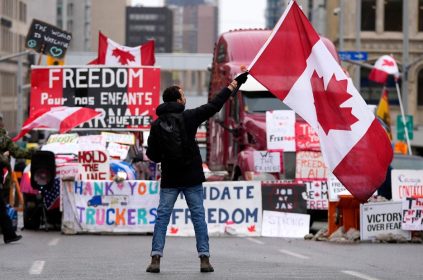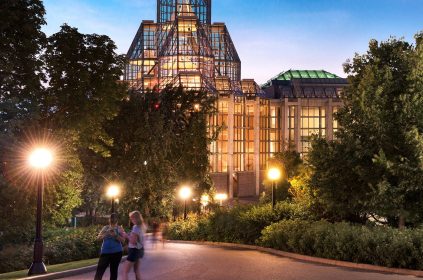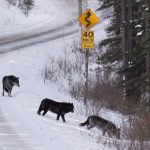WINNIPEG — A COVID-19 outbreak at a fly-in reserve in Manitoba and increasing infections in First Nations populations in the province has leaders worried.
“It’s a wake-up call for all of us,” said Assembly of Manitoba Chiefs Grand Chief Arlen Dumas.
The First Nations population in Manitoba was largely spared of infections earlier this year during the first wave of COVID-19, as leaders imposed travel restrictions and lockdowns.
But Dumas said the initial success “allowed for a bit of apathy to creep in.”
There have been 179 COVID-19 cases among First Nations people in Manitoba, with most in the last few weeks, according to the Manitoba First Nations COVID-19 Pandemic Response Coordination Team.
Leading up to the Thanksgiving weekend, there were 143 active cases among First Nations people in the province. Sixty of those were on reserves, which is more than half of all on-reserve cases in the country.
Federal Minister of Indigenous Services Marc Miller warned last week that with a rise in outbreaks across Canada that the second wave of COVID-19 would hit Indigenous communities harder.
Dumas said chiefs in Manitoba are fighting to ensure the pandemic doesn’t gain a stronger foothold in the province.
Doctors and nurses from the assembly’s pandemic response team, as well as members of the Canadian Red Cross, were dispatched to York Factory First Nation, north of Thompson, at the start of the month after a family of seven was found to have been infected.
Soon after, teams were also sent to Little Grand Rapids First Nation, where 38 members have so far tested positive.
Dumas said the community of about 1,300, located about 260 km northeast of Winnipeg near the Ontario border, faces a lot of challenges in responding to the outbreak.
Community members need to take a boat to get to the nearest airport. Those who have tested positive and are considered vulnerable are being flown to Winnipeg, because there’s no quick access to care if their health declines further.
Come winter, the airport will only be accessible by ice road.
“It’s the reality of the logistical nightmare,” Dumas said. “The difficulty of service, the level of service that is afforded to our remote and isolated communities, is very minimal.”
Ottawa has provided two Blu-Med negative-pressure isolation tents to Little Grand Rapids to be used for COVID-19 tests and administration. Dumas is also calling for a field hospital to be set up in the north ahead of winter.
He warned that COVID-19 for Indigenous people can be deadly.
Dr. Marcia Anderson, who is Cree-Anishinaabe and works with the First Nations response team, said Indigenous people have higher rates of underlying chronic diseases like diabetes, which are linked to things like housing and food insecurity. It also means they are more susceptible to the severe impacts of COVID-19.
She said that more than 50 per cent of people in hospital with COVID-19 in Manitoba are First Nations. And they make up one-third of those in intensive care.
It means First Nations people have 10 times the rate of hospitalizations, compared to the rest of Manitoba, she added.
“(It’s) a really concerning trend,” Anderson said during the Assembly of Manitoba Chiefs weekly update.
Melanie MacKinnon, head of the First Nations response team, said the Little Grand Rapids outbreak has shown that people need to take precautions and start planning for a challenging time ahead.
“Start thinking about a contingency plan.”
This report by The Canadian Press was first published Oct. 14, 2020.
Kelly Geraldine Malone, The Canadian Press














